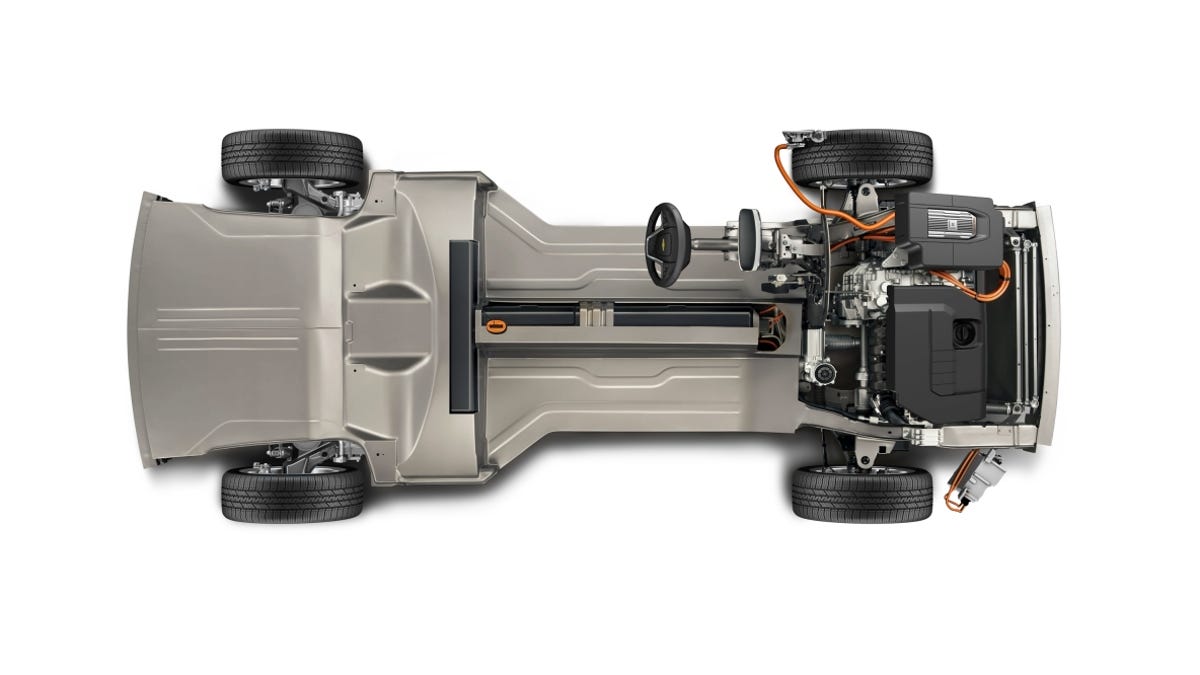Chevy Volt's engine more than just a generator
Motor Trend found that the Chevy Volt is driven by its electric motors only most of the time.

In an article being echoed around the Web, Motor Trend reporter Frank Markus lays out in detail how the Chevy Volt transmits power to its wheels. And unlike GM's press releases claim for the car, the power does not solely come from the electric motors.
According to GM's materials on the Volt, "When the battery energy is depleted, the Volt seamlessly transitions to extended-range mode. Power is inverted from a technically advanced, 1.4L 63-kW (84-hp) gasoline-powered onboard engine to the electric drive unit to provide up to 310 additional miles of range."
But GM left some information out. Markus writes that both the electric motors and gas engine connect to a planetary gearset, which in turn drives the wheels. Most of the time, the electric motors turn the gearset.
When the battery is depleted, the range extender engine kicks in to generate electricity for the motor, as GM noted in its press materials. But when the battery is depleted and the car is running at 70 mph or above, the planetary gearset transmits additional motive force directly from the engine to the wheels.
This complex system takes into account different running conditions to provide the most efficient power to the wheels. But it also takes some of the wind out of GM's sails for the Volt being a real electric car. Rather than a revolutionary automotive powertrain, GM has merely delivered something evolutionary, a hybrid that is closer to the electric car than a Toyota Prius or Ford Fusion Hybrid.
Update: We received a call back from GM to one of our inquiries about the Chevy Volt powertrain. Chevy Volt Vehicle Line Director Tony Posawatz explains that the Volt's 111 kilowatt electric traction motor is always driving the wheels of the car when it is in motion. Through testing, GM found that this motor became inefficient when spinning at high rpms, with the car running at 70 mph and above. To reduce wasted energy, GM relied on two strategies.
When the battery has a usable charge, a second electric motor in the system delivers a boost to the planetary gearset, letting the traction motor, which still has the only mechanical connection to the wheels, reduce its speed by half.
Similarly, when the batteries are depleted, the gas engine can take the role of that second electric motor when the car is being driven at speeds of 70 mph. Although mostly working as an electricity generator, it can add its own boost to the planetary gearset under these conditions to let the main traction motor spin at reduced speed.
GM adapted the planetary gearset used in its two-mode hybrid vehicles to realize the goal of the Volt, which Posawatz describes as making "the Volt feel like an electric car all the time."
(Source: Motor Trend)

